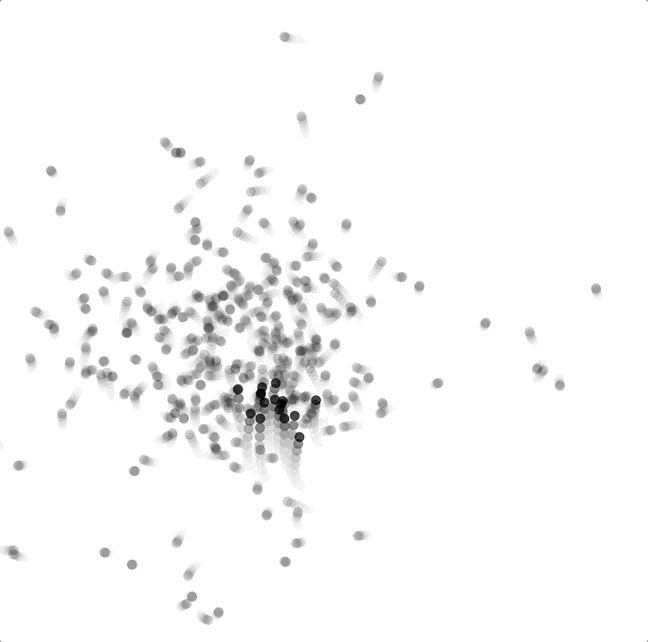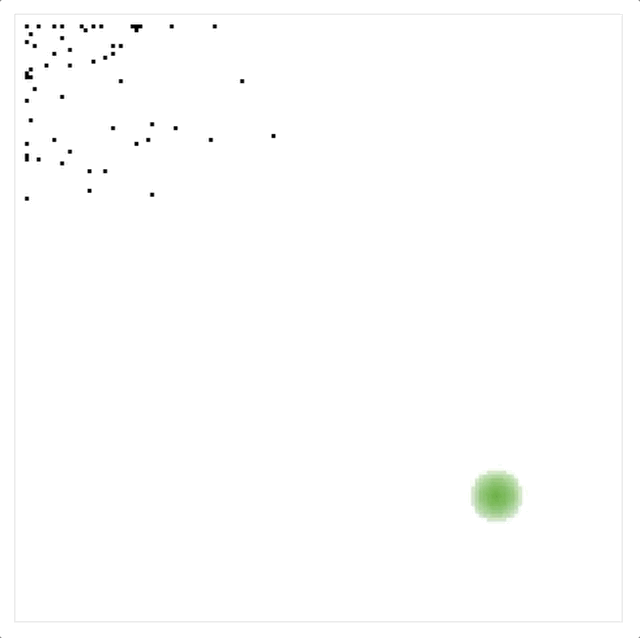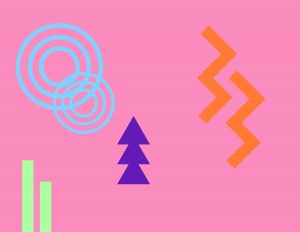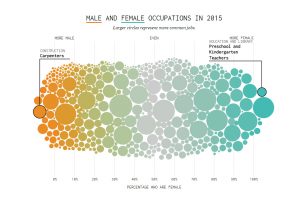For this project, I am planning on collaborating with Allissa Chan (section E) in order to create a story-based game in which the choices a user makes affects the rest of the story. The story/ game will be presented as a series of images with text. Players will be able to choose options/ text prompts by pressing corresponding keys.
The story will revolve around the player’s trip to a grocery store, in which the player can choose to buy items that will help them progress. Each part of the story will have a different character that will respond to different objects that the user decides to purchase.
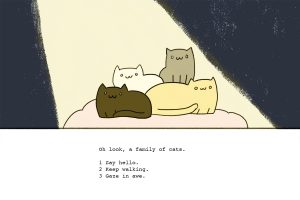
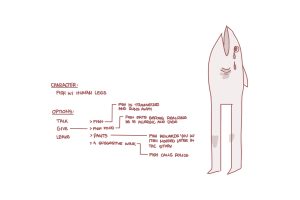
We will also implement randomness in order to make it so that each user’s experience is a little different. We will randomize the order in which characters may appear in the story as well as different events that may help the player later on.
![[OLD FALL 2017] 15-104 • Introduction to Computing for Creative Practice](../../../../wp-content/uploads/2020/08/stop-banner.png)
